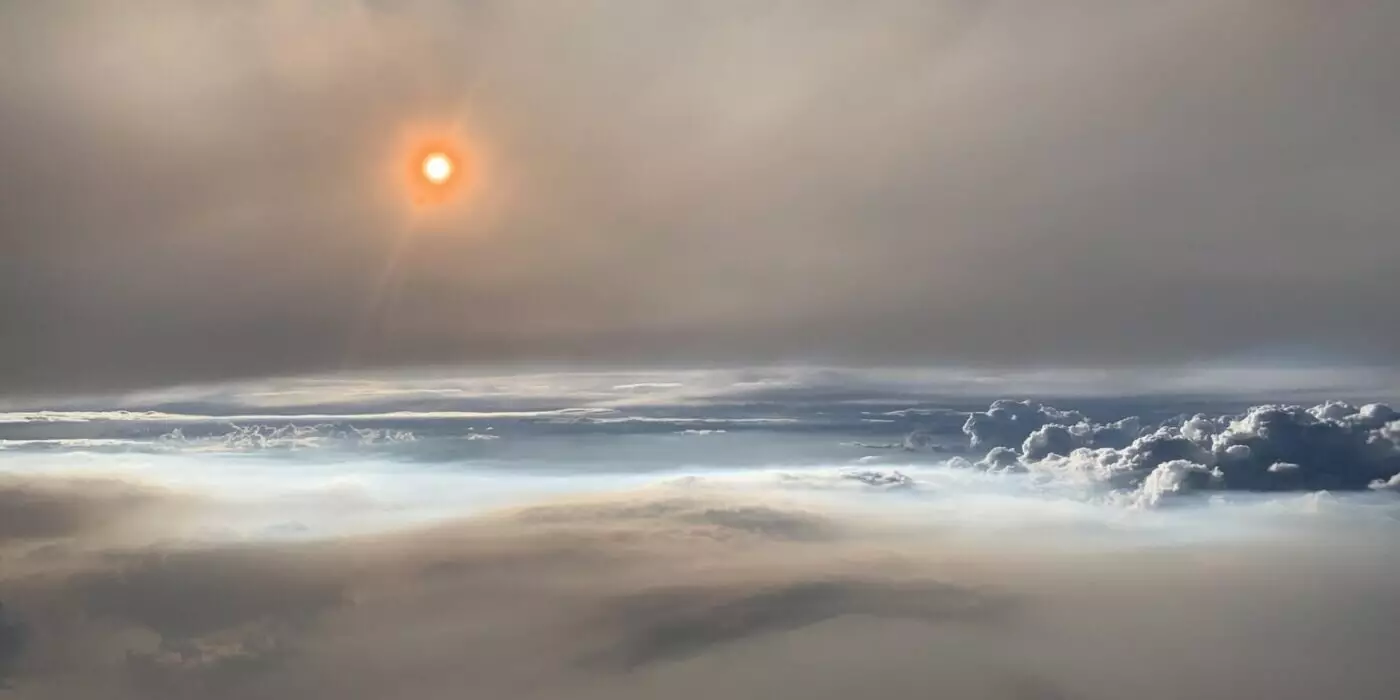As our planet encounters the relentless effects of climate change, the escalation of wildfires stands out as one of the most alarming consequences of global warming. In the midst of these fiery episodes lies a significant environmental risk: black carbon emissions. Black carbon, an omnipresent pollutant that emerges from incomplete combustion, has a unique ability to absorb sunlight. This characteristic makes it one of the most potent short-lived climate pollutants, contributing considerably to atmospheric warming. Yet, in the hustle to understand climate dynamics, the role of black carbon from high-intensity wildfires—especially from pyrocumulonimbus (pyroCb) clouds—remains insufficiently examined.
Understanding Pyrocumulonimbus Clouds
Pyrocumulonimbus clouds, which often sprout from the intense heat of wildfires, are not just visually stunning; they are environmental game-changers. These towering masses of smoke and ash can reach altitudes that allow their contents to venture into the upper troposphere and lower stratosphere. Here, black carbon particles can persist for months, impacting atmospheric conditions far beyond their origin. The implications for weather patterns, climate regulation, and radiation absorption are profound, yet they remain poorly quantified due to limited research. Scientists like Rajan Chakrabarty from Washington University in St. Louis are stepping up to shed light on this dire situation.
Innovative Research Contributions
Chakrabarty and his team’s recent study digs deeper into this atmospheric enigma, as detailed in their findings published in Nature Communications. By conducting airborne measurements during the 2019 FIREX-AQ field campaign, they unveiled an unsettling truth: black carbon particles from pyroCbs absorb twice as much sunlight compared to those from smaller fires or urban emissions. This discovery radically changes our understanding of black carbon’s warming potential and challenges prevailing assumptions about its climatic effects.
Employing a sophisticated single-particle optics model, the researchers meticulously examined individual black carbon particles, calculating their light absorption based on size and shape. This attention to detail highlights the necessity for nuanced approaches in climate science. Rather than broad generalizations, the focus must shift to individual particle behavior and characteristics, as the research suggests a stark contrast between black carbon originating from varied sources.
The Global Implications
What does this newfound knowledge signify for climate science? The black carbon emitted from recent pyroCb events in regions like Canada and Australia has not confined itself to local climates; rather, it has traversed the globe, altering atmospheric dynamics and radiative forcing in an extensive geographic footprint. These clouds are estimated to contribute to 10% to 25% of the black carbon in today’s lower stratosphere. As a result, their ramifications touch both the Northern and Southern Hemispheres, creating a ripple effect in global climate patterns that science has only begun to unravel.
This begs the question: How much longer can we afford to ignore the intricacies of black carbon’s behavior, particularly that which is introduced to the stratosphere by pyroCbs? Chakrabarty emphasizes the urgency for further investigations, especially direct measurements of light absorption by these particles. If climate models are to evolve and offer reliable predictions for stratospheric warming, such data is indispensable.
Call to Action in Climate Science
The current state of affairs demands that scientists and policymakers alike recognize and adapt to these newly illuminated complexities in climate dynamics. The urgency to garner more comprehensive data on black carbon—beyond what is traditionally studied—cannot be understated. In a world already grappling with the destructive force of climate change, the last thing we need is to amplify warming through under-examined phenomena like pyroCumulonimbus clouds.
It is imperative that we transition from a reactive stance in climate science to a proactive one, prioritizing research that targets the fine details of atmospheric reactions and emissions. The fight against climate change cannot rest upon the shoulders of established narratives alone; we must boldly venture into the uncharted territories of climate research where dangers lurk in the shadows of innovation. Only then can we hope to forge effective strategies for mitigating the ever-growing threats posed by climate change and its extraordinary manifestations.

